Dhaka, Oct 17 (V7N) — Food remains one of the most fundamental needs of citizens, yet Bangladesh continues to face significant challenges in ensuring food security despite rising agricultural production. Experts stress that alongside increasing production, an efficient distribution system is essential to guarantee food availability for all.
Over the past decades, countries worldwide have focused on securing food through measures such as preserving arable land, population control, artificial forestry, and managing national and global economies. In Bangladesh, the Constitution and international human rights obligations—particularly the 1998 International Covenant on Economic, Social, and Cultural Rights (ICESCR)—mandate the government to ensure food security for all citizens. Despite steady progress in agricultural production driven by advances in science and technology, the country still imports a considerable amount of food each year, highlighting persistent food insecurity. Currently, approximately 22 percent of the population suffers from inadequate access to food.
The United Nations World Food Program (WFP) reports that 20 percent of Bangladesh’s population experiences food insecurity, with Sylhet and Barisal seeing the highest rates at 24 percent. Rising prices have forced nearly 30 percent of the population to consume less than the recommended quantity of food. Meanwhile, cultivable land in Bangladesh is steadily shrinking, now totaling around 1.86 crore acres (75.42 lakh hectares), with per capita availability at just 11 centuries. Fallow land—about 4.52 lakh hectares, or 5.13 percent of total cultivable land—remains underutilized, while soil degradation reduces overall productivity. On average, 270 km² of land becomes barren annually, and 30–40 million hectares face varying levels of drought each year.
The Delta Plan 2100 indicates that nearly 70 percent of Bangladesh lies within one meter above sea level. A projected one-meter rise in sea level by 2050 could permanently submerge roughly 3,000 million hectares of land, reducing total food production by an estimated 30 percent and posing severe threats to future food security.
Fish, a key protein source, is also declining. Native species have dropped from 267 to far fewer, with only 60 percent now farmed and 40 percent sourced naturally. Nutritionists warn that this trend could have long-term implications for public health and food security.
Food waste is another pressing issue. A recent national conference organized by the Center for Policy Dialogue reported that around 21 million tons of food are lost or wasted at various stages—from farms to consumer tables. Up to 27 percent of total food, including 32 percent of fruits and vegetables, 25 percent of small fish, and 17 percent of rice and wheat, is wasted annually. Climate change, weak storage systems, and infrastructure limitations worsen the problem. The United Nations Environment Program (UNEP) notes that the average Bangladeshi wastes 82 kg of food per year, contributing to the 31 percent of the population facing food insecurity and 66 percent lacking access to nutritious food.
The monetary value of wasted food is estimated at approximately 4 percent of the national GDP. Rice, lentils, fish, and mangoes are among the most affected commodities. Agricultural authorities highlight that while global food production could feed 1.5 times the current global population, uneven distribution, poor infrastructure, and food wastage leave millions malnourished.
Bangladesh is particularly vulnerable to climate change, experiencing unpredictable weather, water shortages, droughts, and locust infestations. Experts emphasize that while climate change cannot be fully prevented, adopting agro-technological innovations, efficient food storage, improved market access, and private sector investment can enhance production and reduce losses. Developing a resilient, climate-friendly, and inclusive food system is essential to achieving food and nutritional security and improving overall societal welfare by 2030.
END/RKB/SMA/



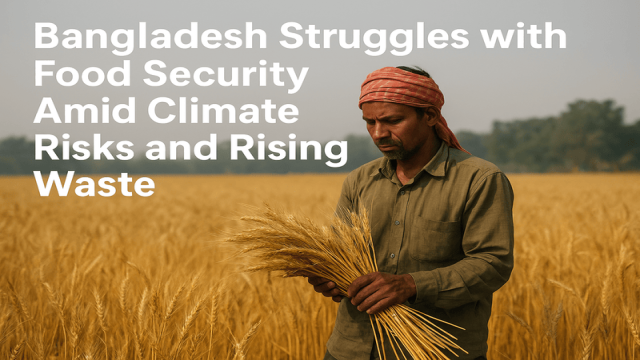





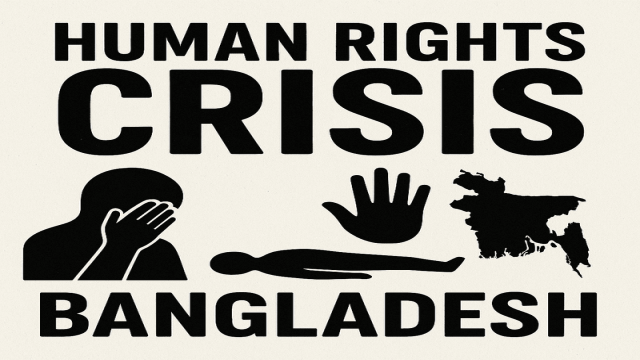
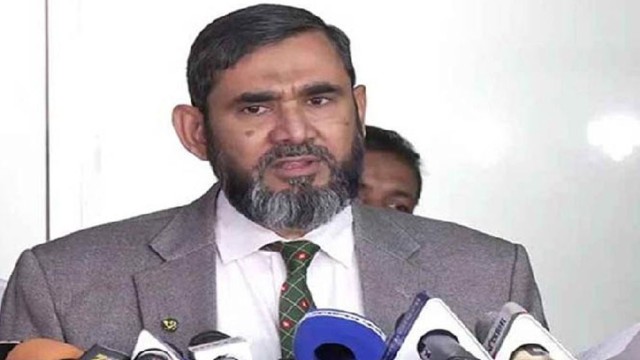
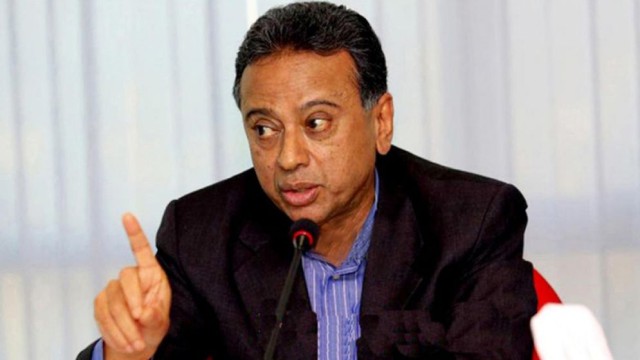
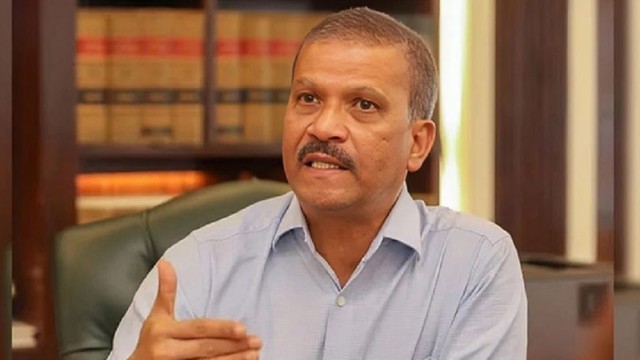
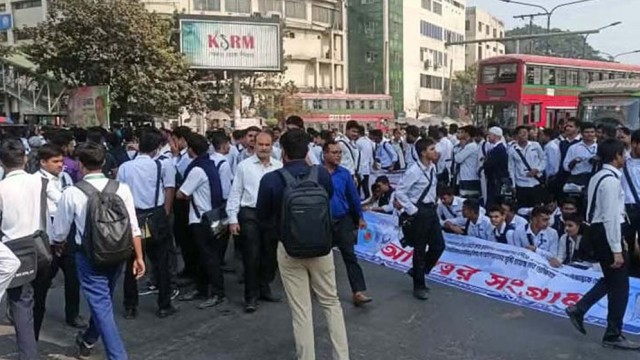
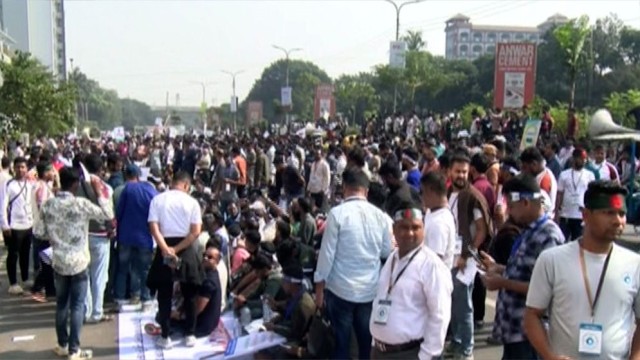




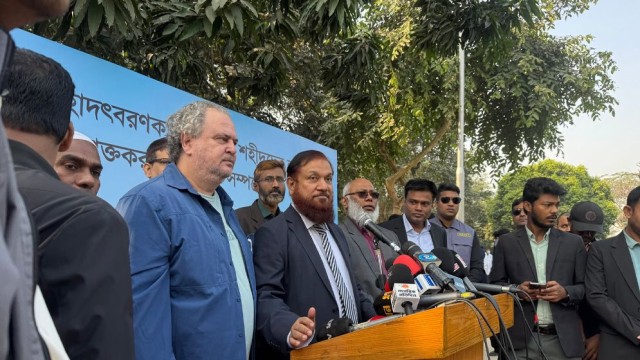


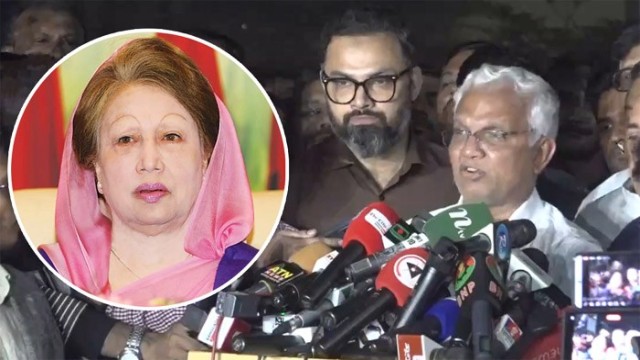

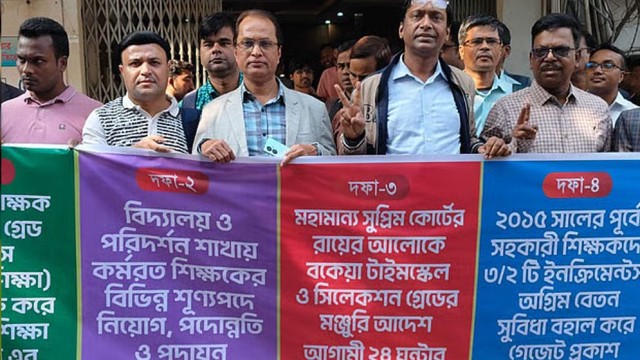


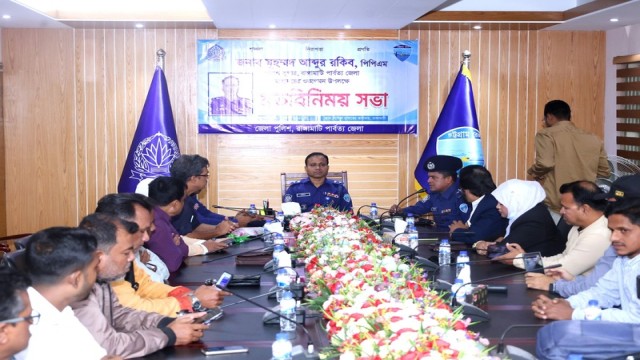



Comment: